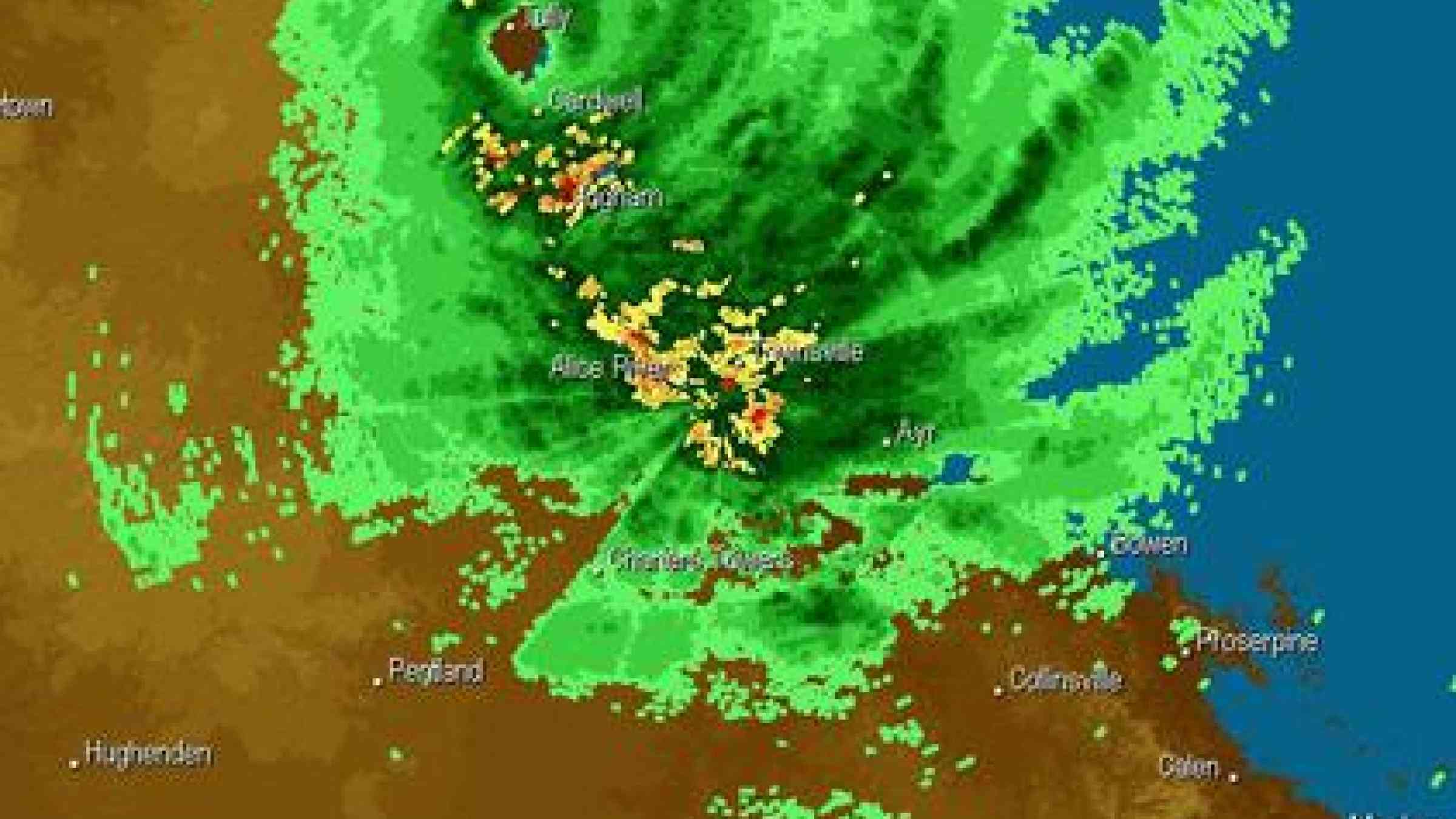Disaster risk reduction and science should be core of sustainable development, experts say

TOKYO, 30 January 2015 – With fewer than 50 days to go before the Third UN World Conference on Disaster Risk Reduction top scientists have called on governments to put evidence-based disaster risk reduction at the heart of their strategies for sustainable development.
The “Tokyo Conference on International Study for Disaster Risk Reduction and Resilience” called on policymakers to empower their national DRR platforms through greater engagement with science and technology.
The “Tokyo Statement” outcome document, which will form a significant input to the World Conference in Sendai in March, specifies that Governments need to empower national platforms so that they can practice evidence-based disaster risk reduction for sustainable development.
The President of the Science Council of Japan, Prof. Takashi Onishi, said part of the way forward was to mobilize and align existing networks of scientific and research institutions at national, regional and international levels.
The Tokyo Conference, which attracted 400 participants from 27 countries, was co-organized by the Science Council of Japan (SCJ), Integrated Research on Disaster Risk (IRDR), the University of Tokyo (UTokyo) and UNISDR at the main campus of UTokyo.
The use of science and technology to improve early warning systems and make risk information more accurate, accessible and understandable has been one of the successes of the Hyogo Framework for Action over the past 10 years.
The draft post-2015 framework on disaster risk reduction, to be adopted at the World Conference, in Sendai, 14-18 March, is set to highlight the increasingly important role of science and technology in strengthening disaster resilience.
In the presence of His Imperial Highness, The Crown Prince, the High Level Panel heard a video message from Ms. Margareta Wahlström, Chief of the United Nations Office for Disaster Risk Reduction (UNISDR).
“Post-2015, we need more research and more focus on how risk is generated, and how risk can be prevented and reduced by decisions and measures requiring social as well as political action. Importantly, we need a broader base – including social sciences, economics, and humanities – to ensure society as a whole is the topic of study, and to avoid fragmenting the understanding of risk and human decisions and behavior that either increase or reduce risk.”, Ms. Wahlstrom said.
Dr. Han Seung-Soo, the UN Secretary-General’s Special Envoy on Water and Disaster Risk Reduction and Prof. Gordon McBean, President, International Council for Science (ICSU), provided the two keynote lectures.
In her closing remarks, Ms. Eriko Yamatani, Honorable Minister of State for Disaster Management and Cabinet Office, Government of Japan, emphasized the contributions of science and technology to disaster risk reduction in terms of advanced earth observations and GIS.